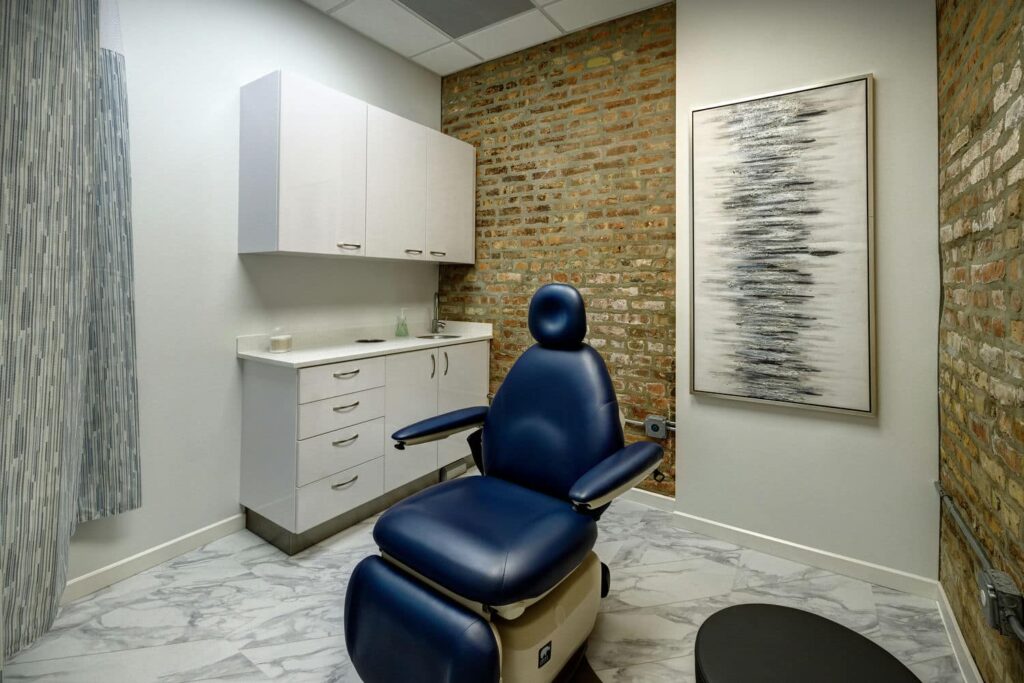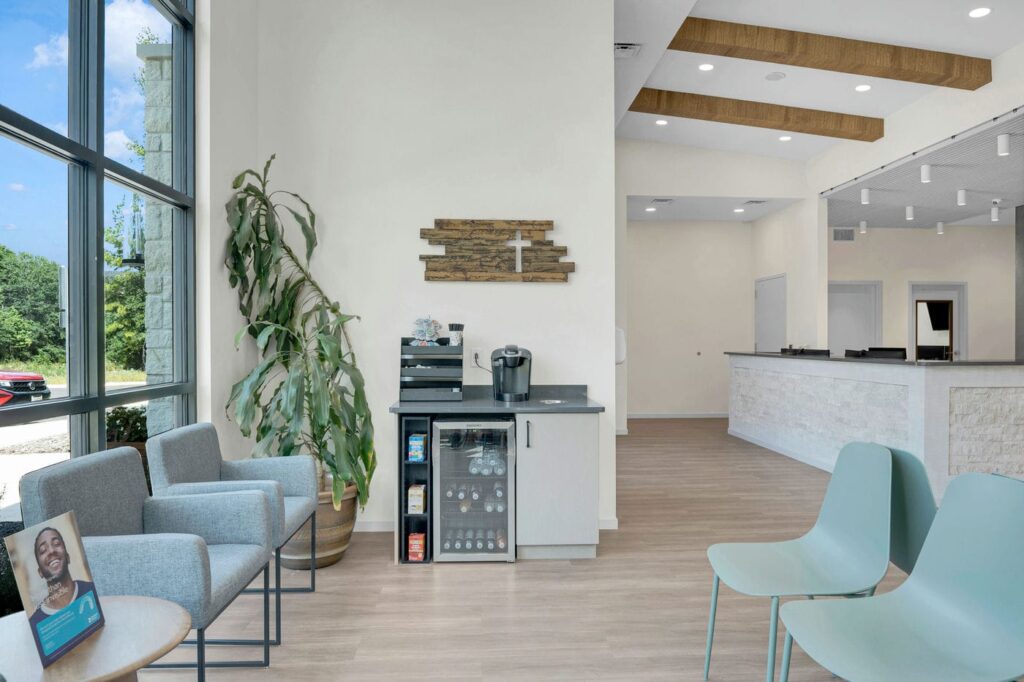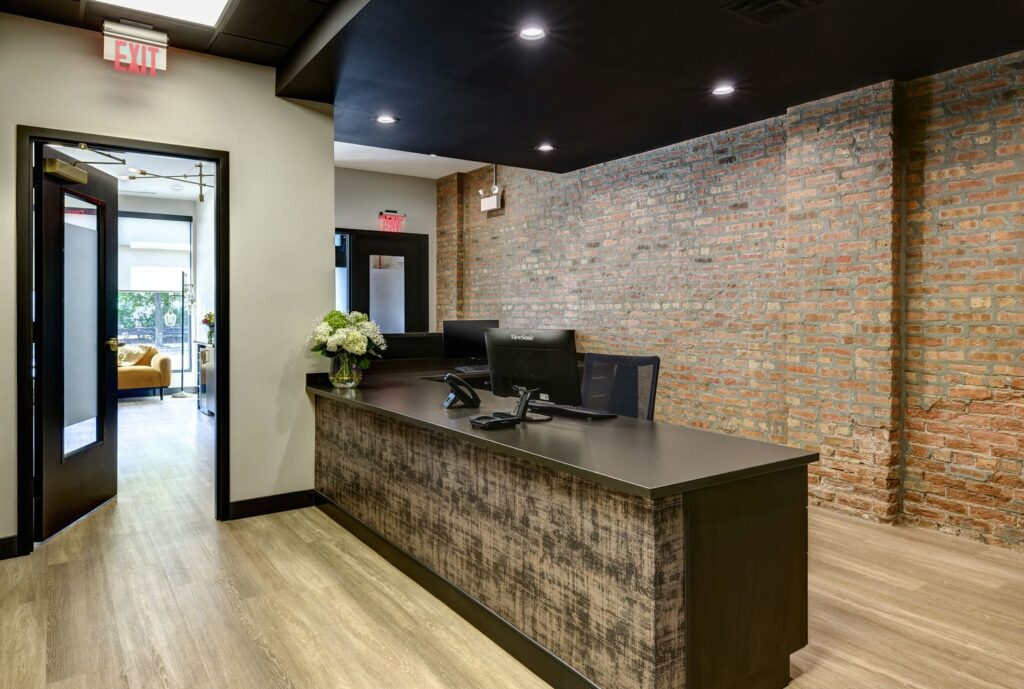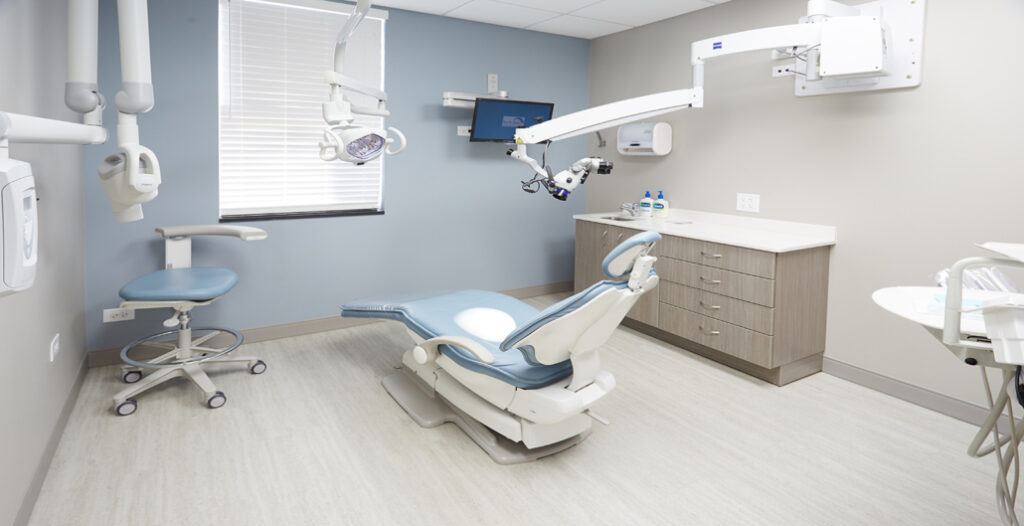orthodontic clinic design
How To Enhance Dermatology Practice Efficiency Through Design
Dermatology practices provide cosmetic specialty skincare services alongside procedures and assessments for diseases and skin conditions. This poses a challenge to design a sophisticated office that feels chic yet hygienic, while improving efficiencies that contribute to your bottom line. Here we share ways to enhance your practice’s efficiency through effective design strategies. Address Patient Flow…
Read MoreIntegrated Project Delivery in Healthcare: Benefits & Best Practices
Integrated project delivery (IPD) takes a collaborative approach in healthcare construction. It allows teams to make informed decisions based on expert input, not only in the early stages, but throughout the entire process. As a result, design-build companies like APEX can offer more value by breaking down silos that create barriers in the healthcare facility…
Read MoreMaximizing ROI in Medical Construction
Outdated healthcare facilities can no longer remain competitive in an industry where patient-centric environments are the gold standard of exceptional patient care. Today, creating healthcare environments that contribute to patient experience and enhanced operational efficiency are critical to maximized return on investment (ROI). Here we explore ways to increase your medical construction ROI using a…
Read MoreWaiting Room Design Ideas
At Apex Design Build, we work closely with our clients to understand your needs better than you do! There is one element of any medical office that you should not give short shrift — the waiting room. Excellent waiting room design is all that stands between keeping a patient and losing them. Indeed, even small…
Read MoreCreating a Therapeutic Environment
For a doctor or dentist, patient care should be at the center of every decision, and that means creating a therapeutic environment. Your office is more than a simple chair and routine medical equipment. It’s a place where patients can initiate the healing process. A patient may be anxious before or during their appointment. A…
Read MoreThe Secret to Orthodontic Clinic Design
Designing and orthodontic clinic can be as difficult as it is enlightening. Orthodontic clinic design should reflect the needs of the practice and the patient. Clinical spaces like orthodontic practices tend to be unique in that they deal with patients for a short amount of time. When compared to general dental offices, who deal with…
Read More





